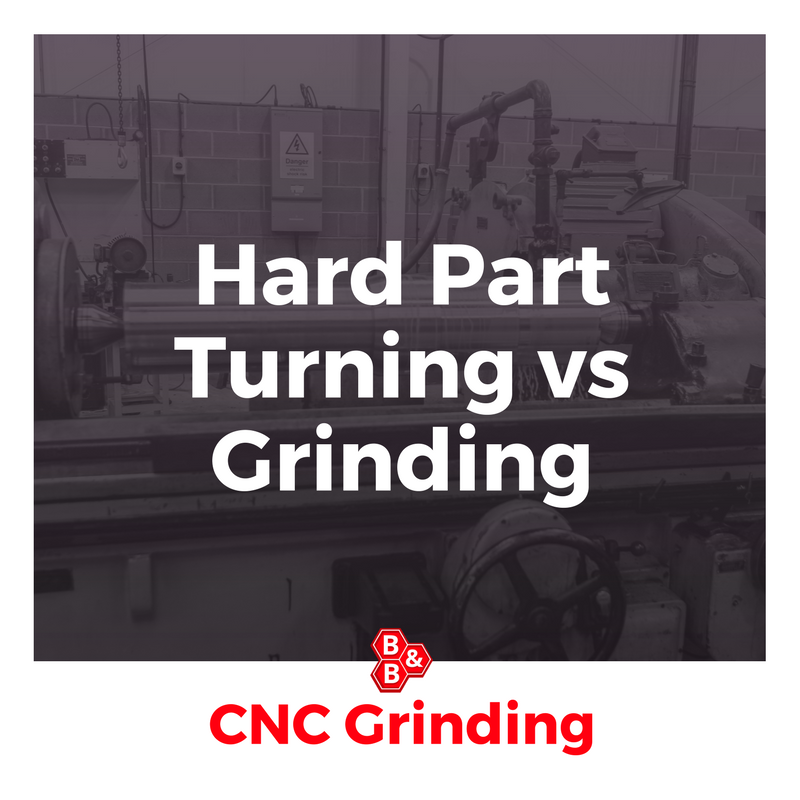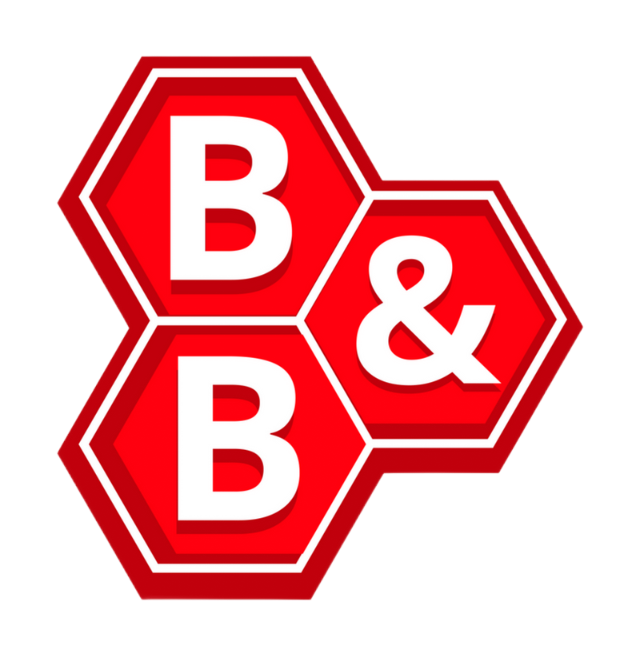
B&B Precision we offer both CNC Grinding services as well as Hard Part Turning. Both of these have advantages and disadvantages and it will depend on what exactly you’re working with as to which our team would recommend. Here is a broad overview of when you might need to consider one or the other.
Hard Part Turning
“A replacement for grinding.” is how people try and sell you HPT, citing factors like cost reduction and lack of coolant as reasons why it’s the natural progression from Grinding. This is a pretty bold claim to make, but there are certainly some scenarios where HPT stands out as a great option. If you have an interrupted cutting scenario then Hard Part Turning is a great option as you can perform it dry. This not only means you save money and help the environment but also means that you can avoid the damage done to an insert through coolant usage. If you have piece with unique geometry then in many cases they simply won’t be able to be produced with a single grinding wheel. Where you want to remove a high amount of metal then Hard Part Turning might be the better option as turning enables you to make fewer cuts and therefore be more productive.
Grinding
Grinding excels at meeting surface finish, size and roundness requirements. A Grinding process can achieve a 6 Ra surface finish, hold a size tolerance of less than 0.0002 inch and grind parts to within 30 millionths roundness. Grinding should be favoured when the work piece is extremely hard. Anything over 65HRc, and certainly any specialty metals should be ground as opposed to turned. Where you have a work piece with a very tight tolerance then grinding should be your first port of call.
B&B Precision is proud to supply a whole range of industries with both Grinding and Turning services. We specialise in small to medium volumes of high precision components and serve the whole UK. Send across your RFQ today to: mail@bandbprecision.co.uk or call 01484866386


Comments are closed